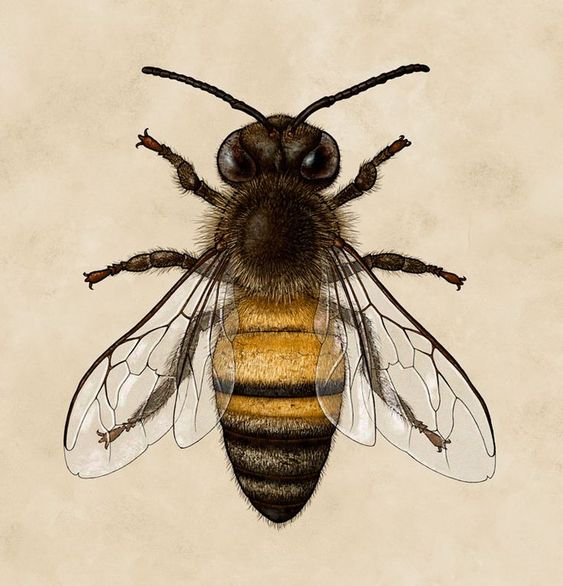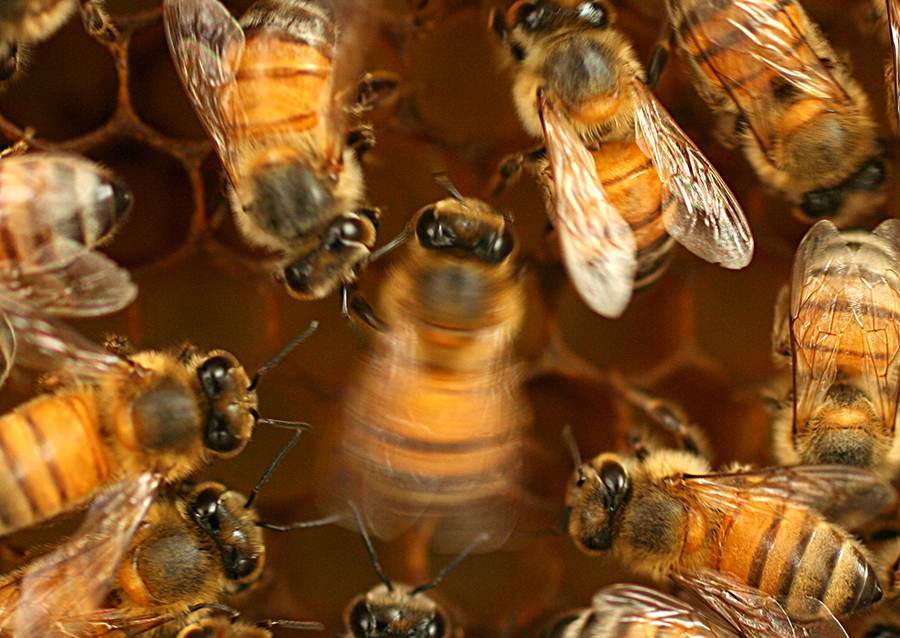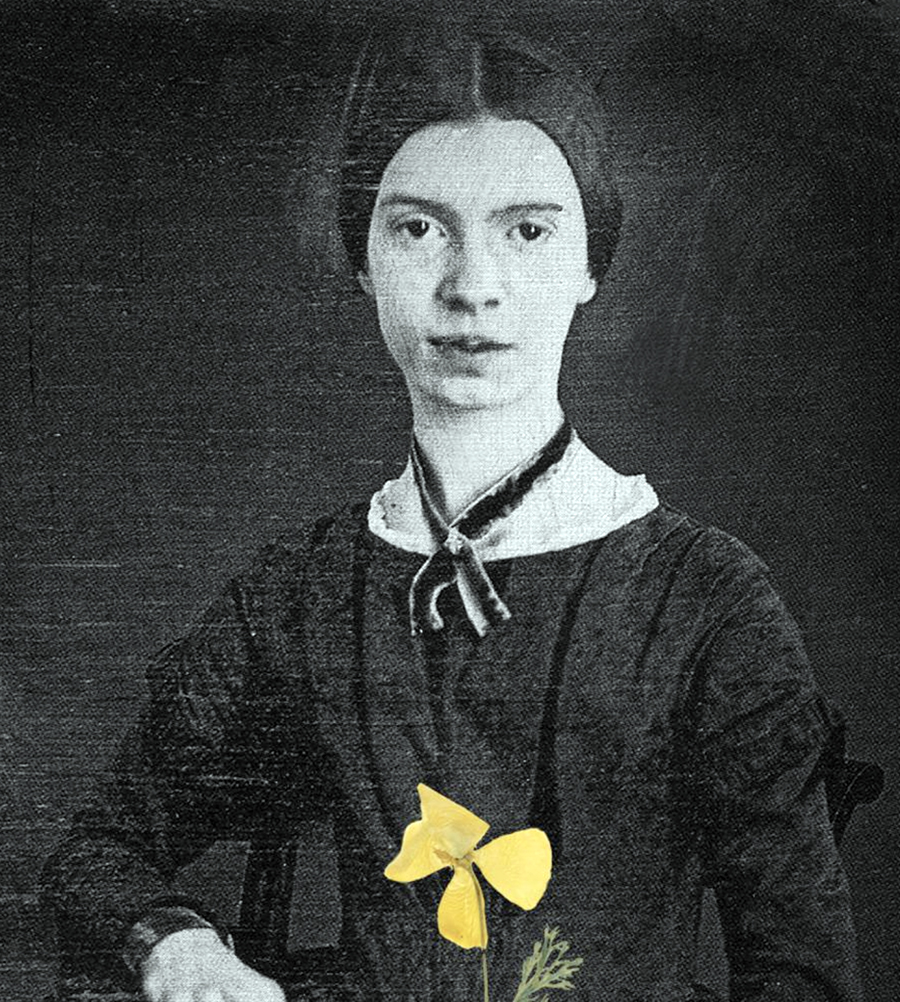
World Bee Day is a day of awareness about the importance of honey bees and why we need to protect them and other such pollinators. Designated by the United Nations, World Bee Day seeks to inform and educate people about honeybees and their impact on our biodiversity. For example, it is estimated that one out of every three mouthfuls of food we eat depends on honeybees and the pollination process. But honeybees are facing extinction, with a 2021 report by the Center for Biological Diversity and the Bombus Pollinators Association of Law Students finding that American honeybees had decreased by some 89%. World Bee Day is a day of awareness about the harmful effects of pesticides, climate change, and habitat loss on honeybees and what we can do to reverse this.
World Bee Day 2023 takes place on Saturday, May 20, which was chosen as World Bee Day by the United Nations in honor of the birthday of Anton Janša, the pioneer of beekeeping in the 18th century.
World Bee Day is a relatively recent holiday. It was created in response to the ongoing climate change crisis, with more bee species than ever before, facing extinction over the past 10 years. As a result, the committee of Slovenia appealed to the United Nations in 2017 to honor World Bee Day. In December of the same year, the United Nations approved the proposal, naming May 20 as International World Bee Day, with the first event taking place in 2018. In 2023, World Bee Day will celebrate its fifth anniversary.
Five World Bee Day Facts You Won’t “Bee-lieve!”
Bees are the most important pollinator in the world and have been for centuries. But here are some interesting facts you may not know about these winged creatures:
The UC San Diego Library is preparing for a bee exhibition in 2024. Music will have an important place in the exhibition. This author’s favorite musical bee example is an obscure 1623 Bee Motet from Charles Butler. Here is the score for the motet:
IMSLP672894-PMLP1079735-butler_bees_madrigal_1623_uwisconsin.pdf
Strange Music in the Air?
In the 1600s, beekeeper/composer Charles Butler claimed to hear music from his colony of bees—as revealed in the first edition of his bee book, The Feminine Monarchie (1609) However, the Melissomelos or Bees’ Madrigral did not appear in its completed form until his 1623 edition. More details about Butler and his work are provided in a scholarly work by Joseph M. Ortiz: Broken Harmony: Shakespeare and the Politics of Music (2011)
“In The Feminine Monarchie (1609), one of the most imaginative pieces of natural philosophy to come out of Renaissance England, Charles Butler transcribes the sound of a beehive as a musical composition. Using systems of musical notation and solmization (the practice of using syllables to denote the notes of the scale) that were only recently becoming standardized, Butler carefully categorizes the various sounds made by bees and associates them with particular activities and meanings. His queen bee does not merely emit a sound like a musical tone: she sings G-sol-re-ut. Equally important, Butler’s treatise asserts the idea that music can be transcribed, that it can be fully realized and preserved in a printed text. 25 years after The Feminine Monarchie, Butler published his English Grammar (1634), in which he developed an intricate system of phonetic spelling that attempted to document fully the sound of the English language. Seen from this perspective, sensuous experience is not to be rejected, but transcribed. And music, far from being meaningless sound, is very much like a language.”
Here’s a recording of Butler’s 1623 Motet
There are other divine, difficult, and delightful bee musical compositions. Obviously, Rimsky-Korsakov’s Flight of the Bumble Bee comes to mind. I have a year to collect a complete set of bee tunes for exhibition and performance. Troubadour readers are welcome to add to the list.
UC San Diego’s Professor James Nieh recently published a well-received scientific bee report.
Complex learned social behavior discovered in bees’ waggle dance
The Waggle Dance referenced in Dr. Nieh’s paper has become a scholarly sensation and we’ll post an appropriate tribute in the 2024 bee exhibit. Here is a link to a recent campus article about Professor Nieh’s work:
https://today.ucsd.edu/story/complex-learned-social-behavior-discovered-in-bees-waggle-dance
I’m also planning to seek help from UCSD PhD alum/bee researcher James Hung (who, these days, is at the University of Oklahoma.) Dr. Hung is also an accomplished “Beat Boxer.” Those kinds of virtuosic musical skills aren’t related to his bee research, and I doubt he demonstrates this skill at his current lab, but perhaps he can be encouraged!
James Hung (ou.edu)

Bees doing the waggle dance.
The pinned bee specimens shown in this article here, above, were given to me by Dr. James Hung for permanent inclusion in our ongoing UC San Diego Library exhibition tools! I keep them in a locked, climate-controlled cabinet near my desk.
Joe Bray is another bee afficionado that I will approach next year for exhibition assistance. Joe’s father was a well-respected UC Davis bee scholar. Joe owns bee books and bee ephemera that we have exhibited often here at UC San Diego Library.
NOTE: Joe’s brother is a celebrated Noise Musician, based here in San Diego. In addition, their sister plays musical saw! Obviously, the siblings MUST be invited to perform on World Bee Day in 2024!
Here are photos of a previous bee exhibit that were installed at UC San Diego Library.https://library.ucsd.edu/news-events/catch-the-buzz-bee-exhibit-opens-at-uc-san-diego-library/
https://www.un.org/en/observances/bee-day
Poet Bee Keepers Will Be Part of the Exhibition at the UC San Diego Library Next Year.

Emily Dickenson, poet and beekeeper.
Emily Dickinson was a beekeeper who wrote over 100 bee poems! Another beekeeper/poet is Sylvia Plath. I’m seeking help identifying other beekeeper-poets for the upcoming exhibition. Your assistance is appreciated. Do you know a beekeeper? Are you a poet? Contact me at spaulson@ucsd.edu
The next bee exhibit will be mounted in the spring of 2024. You’ll sort through poems, learn about some bee dances, read about recent bee research, and hear some diverse bee music in the month of May, 2024, at UC San Diego Library! Mark your calendars!
Final Words on the Topic of Bees, Courtesy of the FAO (Food and Agricultural Organization of the United Nations)
It is no wonder that all the major world religions have sacred passages about bees. They have been and still are vital to food and life as we know it. Through the 2018-2030 plan of action of the International Pollinators Initiative, FAO and the Convention on Biological Diversity Secretariat will promote coordinated worldwide action to safeguard wild and managed pollinators and promote the sustainable use of pollination services, which is recognized as vital for agriculture and healthy ecosystems.
These actions support agriculture that is more diverse and less dependent on toxic chemicals. Helping keep our pollinators safe supports our food production, the incomes of farmers and the wider environment. Help us spread the buzz on World Bee Day.
Learn more:

